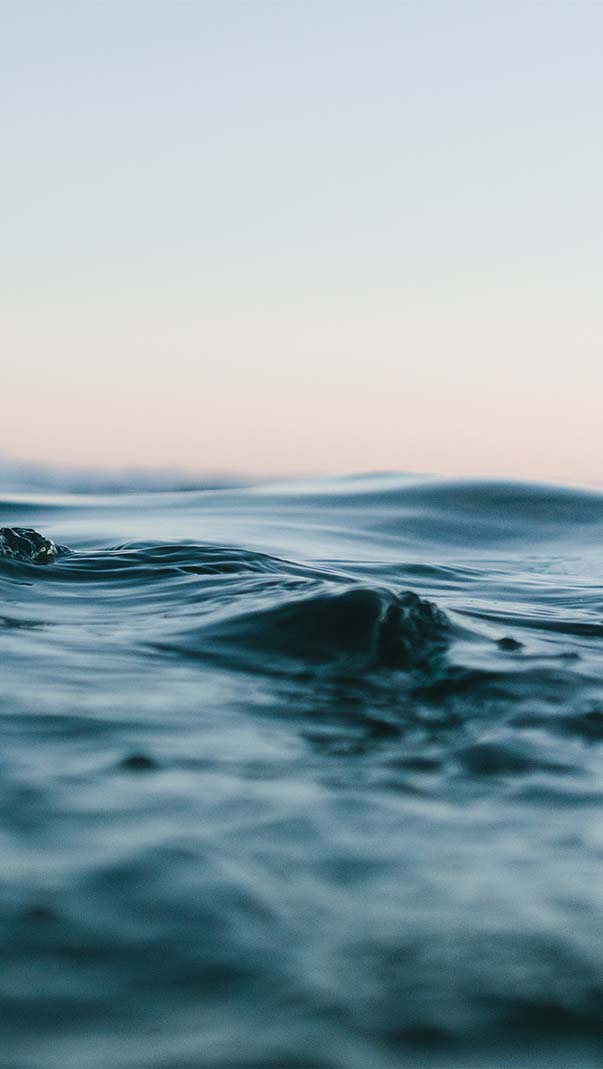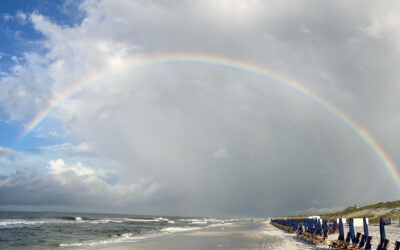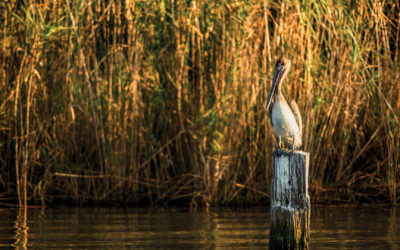beach safety
Staying Safe on your beach vacation.
You’ve arrived! White sand beneath your bare feet, clear blue and emerald waters as far as the eye can see, but even the most gorgeous day at the beach can turn tragic. By keeping a few simple tips in mind, you could save a life.

Beach Flags Educate, Keep You Safe
Florida uses a 4-color flag system to alert swimmers to possible hazards. The South Walton Fire District’s Beach Safety Division evaluates beach conditions twice a day to determine which flag to display.
Purple: Stinging marine life
Green: Low hazard, calm conditions
Yellow: Medium hazard, moderate surf
Red: High hazard, high surf, or strong currents
Double Red: Water closed to the public. $500 fine and criminal charges possible if in violation.
Except for the purple flag, the flags follow the color system of traffic signals, making it simple to understand. Think of it as “green means go and red means no.”
Double Red flags are rare, but when flying means the water is closed. Ankle deep is too deep on a double red flag day. Please respect the flags and do not enter the water.
Flags are displayed at all regional accesses. Text SAFETY to 31279 for daily flag updates.

Rip Currents Largest Threat to Swimmers
The greatest threat to swimmers along our coast is rip currents. Rip currents form when a channel opens in a sandbar, causing water to pull away from the shore rapidly.
Imagine being swept up in a swift river current in the Gulf. According to NOAA, these currents move 1-2 feet per second (some recorded at 8 feet per second!).
Rip currents do not pull swimmers under; they push you away from the shore. However, if you’re fighting the current while also dealing with breaking waves, it can feel like the water is pulling you under.
It’s scary, but the key to staying safe in a rip current is to remain calm. Keep your head above water and either float or swim parallel (calmly) to the shore until you escape the current.
If you see someone caught in a rip current, call 911 and throw them a flotation device if possible. Do not enter the water to attempt a rescue.
It’s possible to spot a rip current once you know what to look for. Rip currents are easier to see from higher up, so scan the water while on the dune walkover. Avoid that area if you notice sea foam or darker water moving away from shore and forming a gap in a line of breaking waves.
Remember these 5 Rip Current tips:
- Look for signs of a rip current before entering the water,
- Stay calm, do not fight the current,
- Swim parallel to shore until the current releases you,
- Always swim with a flotation device,
- Never swim alone.

Jellyfish Stings: Trust us, don’t pee on it.
We don’t have many jellyfish here in the Gulf, but four types can spoil an otherwise fun day quickly.
The Pink Meanie: Talk about a perfect name! This new species (discovered in 2000) is dark pink and can grow up to 3 feet wide with tentacles stretching 70 feet! Their tentacles produce a painful sting.
The Portuguese Man O’War: While the Man O’War is not technically a jellyfish (trivia: a Man O’War is a group of animals working together that’s called a siphonophore), its tentacles pack a painful, dangerous punch that can be fatal.
They tend to drift towards our beaches during the winter months and may be seen washed up on shore with their light blue tops billowing in the wind.
Keep your distance! A washed-up Man O’War can cause a nasty sting—even after 3 weeks of being washed ashore!
Atlantic Sea Nettle: These jellyfish have brown to dark red stripes and produce an irritating sting.
Cannonball Jellyfish: The Cannonball Jellyfish are often found washed up on our beaches and tend to look like a squished, clear plate on the sand. While their sting isn’t considered dangerous to humans, it does hurt.
So, what should you do if you brush against one of these?
Here’s what the experts recommend:
- Get out of the water,
- Remove the stingers (or barbs) with tweezers, or scrape the area with the side of a credit card or ID,
- Rinse with vinegar,
- Soak in hot water for at least 20 minutes.
keep an eye out and enjoy your vacation
Our beaches are considered the best in the country. Warm Gulf waters and squeaky white sand provide a dazzling backdrop to the kaleidoscope of colors that fill the sky each sunset.
By keeping these tips in mind, you might save a life—or win at trivia night. Either way, here at 360 Blue, we hope you create memories that last a lifetime.
recent stories
Explore and discover all of the Emerald coast.
Sandcastle Kids: Healing Hearts
Sandcastle Kids, a South Walton 501c3 nonprofit, carries out their healing mission by providing all-expenses-paid vacations to families experiencing a diagnosis of childhood cancer. As you can imagine, these families undergo tremendous mental, emotional, and financial...
The Secret History of Eastern Choctawhatchee Bay
There’s an odd cluster of pilings on the eastern edge of the Choctawhatchee Bay. Ever noticed them when driving north across the bridge? These aren’t the remains of an ill-fated attempt at a bridge, but are part of a system capable of detecting low-flying aircraft...
Serving in Seaside for 23 Years and Counting
Bartender Mo Mosely has been greeting patrons and slinging drinks at Bud and Alley’s rooftop bar for 23 years (and counting). Back before Scenic 30A was the bustling, year-round destination that it is today, Bud and Alley’s was the only bar on 30A open late into the...



